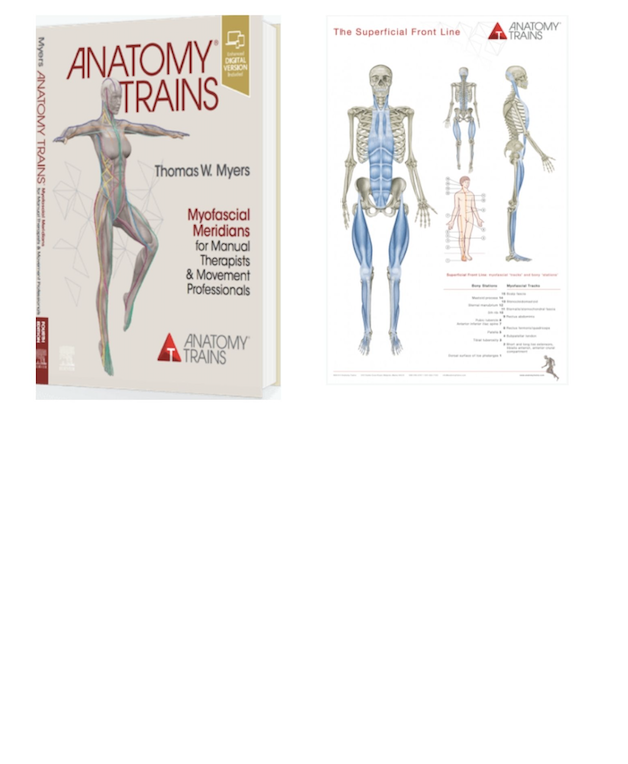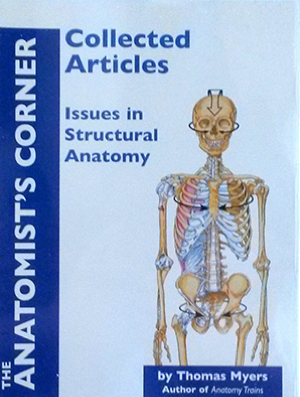The Anatomy Trains lays out fascial and myofascial ‘anatomy of connection’ throughout the body, giving you the ability to map the pattern and shape the change – no matter what your manual therapy or movement modality.

- Tom Myers' masterful second edition of Anatomy Trains incorporates the most recent scientific concepts into a framework for understanding and practicing deep tissue work. Readers will gain insight into both basic and clinical research issues, how the science could influence clinical practice, and vice versa.
- Thomas Myers - cartographer of Anatomy Trains, author, educator and practitioner of integrative manual therapy - speaks about art of motion education courses.
Anatomy Trains champions a wider scope of the body and its movement systems. Gray Cook MSPT, OSPT, CSCS, Developer of the Functional Movement Screen Tom Myers' masterful second edition of Anatomy Trains incorporates the most recent scientific concepts into a framework for understanding and practicing deep tissue work.
The 12 ‘myofascial meridians’ in the Anatomy Trains system join the individual muscles you learned into functional complexes within the fascial fabric – each with a defined anatomy and ‘meaning’ in human posture and movement.

Anatomy Trains leads to practical new holistic strategies to improve stability, coordination, and resolve long-standing compensations in postural and movement patterns – whether you are a manual therapist, movement professional, or using self-myofascial release (SMR).
Thomas Myers Anatomy Trains Pdf
Developed by author and bodyworker Thomas Myers in the 1990’s, Anatomy Trains has been welcomed and included in the curriculum by diverse health professionals – physical therapists, personal trainers, massage therapists, athletes and coaches, Pilates and yoga teachers, chiropractors and osteopaths – anyone interested in effecting lasting changes in body structure and movement through updating their idea of how the body regulates its biomechanics.
Thomas Myers Anatomy Trains Pdf
Anatomy Trains offers CEU-accredited short courses and longer certification trainings worldwide to convey the ideas, strategies, assessment tools, and techniques that grow out of the Anatomy Trains understanding.
Understanding hamstrings in the context of the ‘Superficial Back Line’ as a whole gives insights into hamstring problems that you cannot get from considering these muscles alone. The ‘Spiral Line’ shows how to resolve rotational compensations and spinal twists in a way that no analysis of any single muscle can give.

Anatomy Trains App
How do we take form in the first place? How do we maintain overall stability while creating seamless movement locally in our body? How do we get ‘stuck’? How do we mature out of those restrictions?
Anatomy Trains Uk
These questions require a global understanding of the ‘neuromyofascial web’ that we call ‘Spatial Medicine’. How do we optimize the mechanical relationships in the body – either to repair injury or improve artistic or athletic performance? The overall aim is to improve our ‘KQ’ – our Kinesthetic Quotient, or physical intelligence.